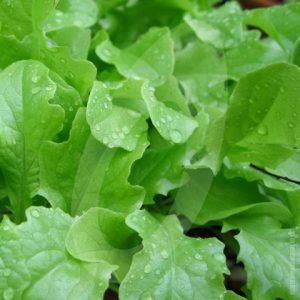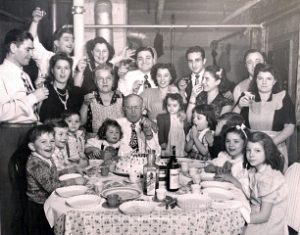 Today is first day of this blog. Recently I was told that I should not discuss or, let alone, teach a course on food studies (which I am currently doing) since this is not my doctorate field of specialization. I was very surprised to hear this from fellow academics who I thought would be more open minded since they acquired critical thinking skills during their training. Food is by definition an interdisciplinary field for academic inquiry. One can discuss food from a myriad of angles: art, culture, history, literature, immigration, statistics, sociology, etc. and not only from a simple nutritional/dietetic stance. I do not need a degree in nutrition to write or talk about food, since I am qualified to do it by simply the fact that I consume food several times a day. I cook and I purchase food weekly, and these simple acts force me to make decisions everyday, and by doing so I have educated myself in the process. However, what really qualifies me to speak about food is the fact that I’m Italian. Not a good reason ? Well, most Italians know a thing or two about food since food culture is embedded in us since the day we are born. We do mostly everything around food, and our identity is tightly connected to foods in a variety of ways.
Today is first day of this blog. Recently I was told that I should not discuss or, let alone, teach a course on food studies (which I am currently doing) since this is not my doctorate field of specialization. I was very surprised to hear this from fellow academics who I thought would be more open minded since they acquired critical thinking skills during their training. Food is by definition an interdisciplinary field for academic inquiry. One can discuss food from a myriad of angles: art, culture, history, literature, immigration, statistics, sociology, etc. and not only from a simple nutritional/dietetic stance. I do not need a degree in nutrition to write or talk about food, since I am qualified to do it by simply the fact that I consume food several times a day. I cook and I purchase food weekly, and these simple acts force me to make decisions everyday, and by doing so I have educated myself in the process. However, what really qualifies me to speak about food is the fact that I’m Italian. Not a good reason ? Well, most Italians know a thing or two about food since food culture is embedded in us since the day we are born. We do mostly everything around food, and our identity is tightly connected to foods in a variety of ways.
Without any formal training I am a pretty good cook since I grew up seeing my aunt and grandmother prepare fresh pasta (mainly tortellini and lasagne) by hand and bring home the most fresh ingredients. I saw how much care they took to prepare fresh foods every day and cook them with a variety of ingredients and spices, like saffron, for example. My aunt, Renata made a great risotto alla milanese, my favorite food when I was younger. I have seen the care and passion for fresh ingredients and for eating meals together. I have learned the importance of eating slowly and with friends. I knew about the Mediterranean diet and, before ten, that extra virgin olive oil is a good type of fat (MUFAs). I also saw that we ate smaller portions, compared to Americans, even though, at the time, I didn’t know what it meant.
In addition, I was recently reminded by Michael Pollan that even though he doesn’t have a scientific background, he feels qualified, as he puts it, “to take people on this journey and offer any kind of advice”. He continues on by saying that the lack of a formal training “was actually a strength. I brought a very open mind, and I think I could see it freshly. I had spent a lot of time writing articles and books tracing the food chain, and showing people where their food came from, how it was produced, following meals all the way back to the farm. (source: http://www.pbs.org/food/features/in-defense-of-food-transcript/)
So, I feel that this will be the intellectual base for this blog. I will write about the food from different angles and hope to come up with some helpful tips and interesting stories for readers. After all, I hope I will be able to bring something to the table.
Photo source: http://www.kqed.org/
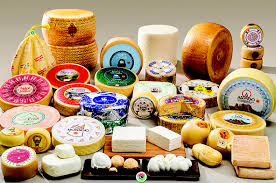 with powdered milk something that in other European countries instead is quite the norm. For Italians this would mean a cheapening of their milk products, and they are fighting this provision. The rationale behind this, for the EU, is that having free circulation of products among all European countries would not allow other nations (Germany, Poland e Lithuania, for example), to compete on the Italian local markets. Italy has one of the strictest laws in terms of preservation of the quality “Made in Italy” for cheeses, like mozzarella, for example. This would also effect other products with denominations like PDO (protected designation of origin) and PGI (protected geographical indication) that certify that the cheese is made in a certain territory and its qualities depend of the peculiar terrain of its origin. Such Italian products that have these marks are: Ricotta Romana, Provolone, Parmigiano Reggiano, Ragusano and Raschera cheese, etc. For a complete list you can consult the link created by the Italian Department of Agriculture. We will see who will prevail in the months to come.
with powdered milk something that in other European countries instead is quite the norm. For Italians this would mean a cheapening of their milk products, and they are fighting this provision. The rationale behind this, for the EU, is that having free circulation of products among all European countries would not allow other nations (Germany, Poland e Lithuania, for example), to compete on the Italian local markets. Italy has one of the strictest laws in terms of preservation of the quality “Made in Italy” for cheeses, like mozzarella, for example. This would also effect other products with denominations like PDO (protected designation of origin) and PGI (protected geographical indication) that certify that the cheese is made in a certain territory and its qualities depend of the peculiar terrain of its origin. Such Italian products that have these marks are: Ricotta Romana, Provolone, Parmigiano Reggiano, Ragusano and Raschera cheese, etc. For a complete list you can consult the link created by the Italian Department of Agriculture. We will see who will prevail in the months to come.
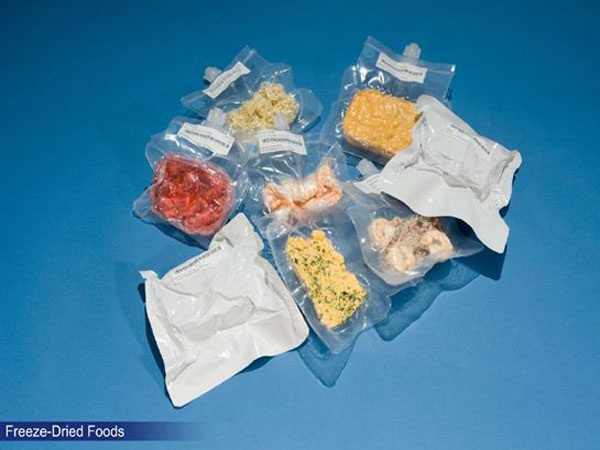 nt interview, that technology innovation helped especially with conservation techniques and in making food more individualized. A recent client and tester of space food has been
nt interview, that technology innovation helped especially with conservation techniques and in making food more individualized. A recent client and tester of space food has been 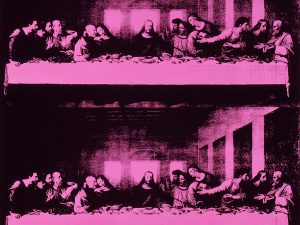
 Today is first day of this blog. Recently I was told that I should not discuss or, let alone, teach a course on food studies (which I am currently doing) since this is not my doctorate field of specialization. I was very surprised to hear this from fellow academics who I thought would be more open minded since they acquired critical thinking skills during their training. Food is by definition an interdisciplinary field for academic inquiry. One can discuss food from a myriad of angles: art, culture, history, literature, immigration, statistics, sociology, etc. and not only from a simple nutritional/dietetic stance. I do not need a degree in nutrition to write or talk about food, since I am qualified to do it by simply the fact that I consume food several times a day. I cook and I purchase food weekly, and these simple acts force me to make decisions everyday, and by doing so I have educated myself in the process. However, what really qualifies me to speak about food is the fact that I’m Italian. Not a good reason ? Well, most Italians know a thing or two about food since food culture is embedded in us since the day we are born. We do mostly everything around food, and our identity is tightly connected to foods in a variety of ways.
Today is first day of this blog. Recently I was told that I should not discuss or, let alone, teach a course on food studies (which I am currently doing) since this is not my doctorate field of specialization. I was very surprised to hear this from fellow academics who I thought would be more open minded since they acquired critical thinking skills during their training. Food is by definition an interdisciplinary field for academic inquiry. One can discuss food from a myriad of angles: art, culture, history, literature, immigration, statistics, sociology, etc. and not only from a simple nutritional/dietetic stance. I do not need a degree in nutrition to write or talk about food, since I am qualified to do it by simply the fact that I consume food several times a day. I cook and I purchase food weekly, and these simple acts force me to make decisions everyday, and by doing so I have educated myself in the process. However, what really qualifies me to speak about food is the fact that I’m Italian. Not a good reason ? Well, most Italians know a thing or two about food since food culture is embedded in us since the day we are born. We do mostly everything around food, and our identity is tightly connected to foods in a variety of ways.